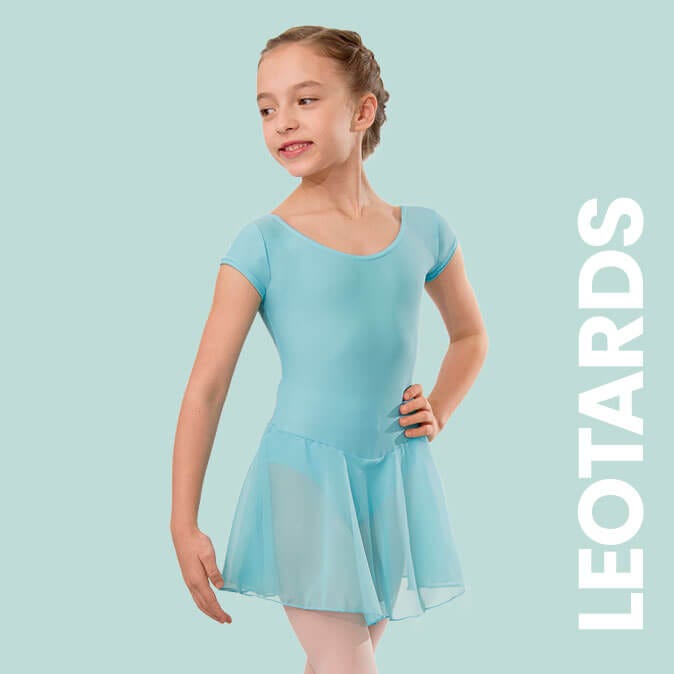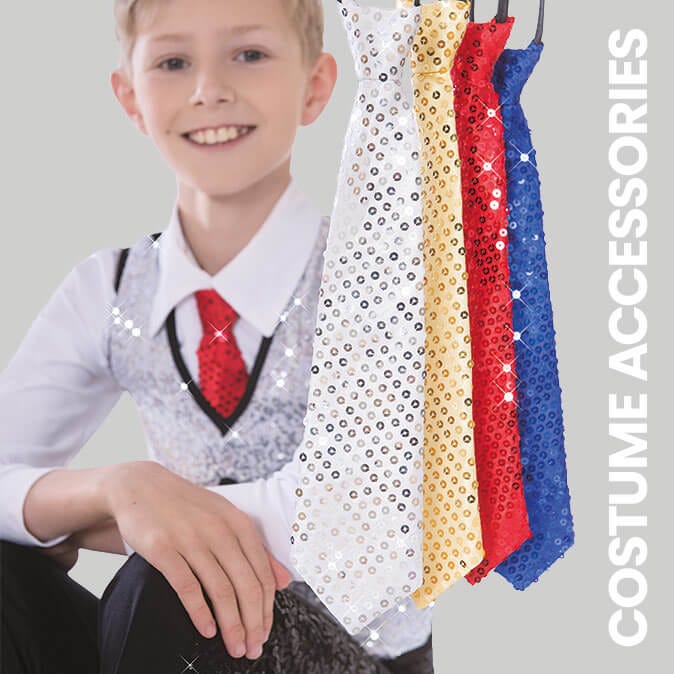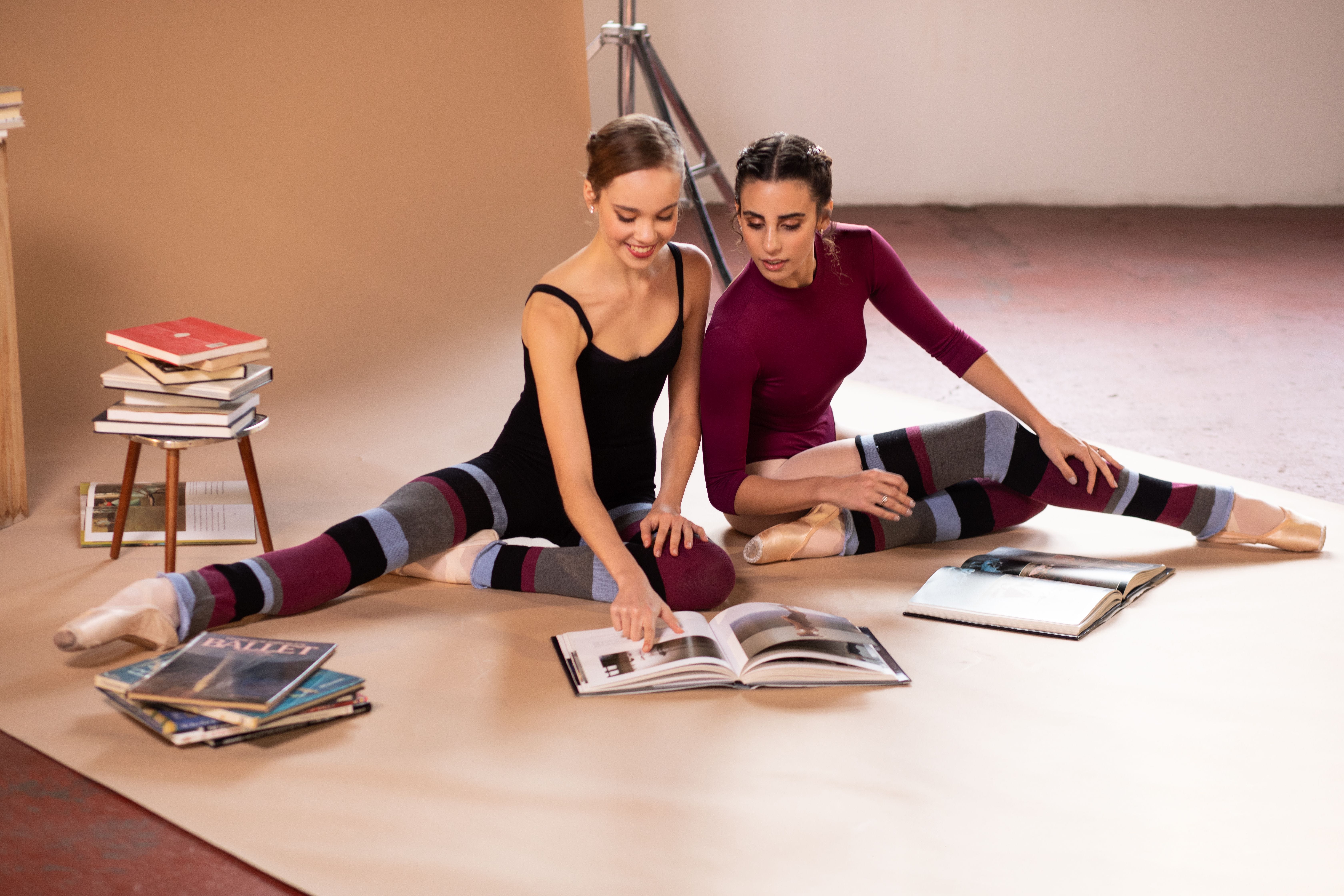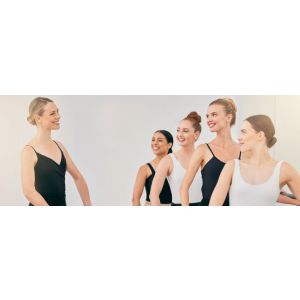Vicky is an experienced Specialist Safeguarding and Social Care Trainer. With over 15 years of experience, she has worked with various sectors, including education, social care, and emergency services. Vicky currently serves as a safeguarding consultant for the dance industry, offering training and support to improve safeguarding practices in over 400 dance schools across the UK. She is also a qualified dance teacher and school owner.


Have you ever worked in a theatre where there’s not been enough changing space? I have. As dance teachers, we are often thrown into the complicated backstage world of theatres. Hiring a venue that fits our budget and group size can sometimes leave us with insufficient or inadequate changing space.
There are guidelines on changing rooms and the supervision of changing spaces. Local authorities, when granting Body of Persons Approval (BOPA), usually stipulate that separate changing areas must be provided for children and adults, as well as for different genders for children over the age of five. They also often require chaperones of the appropriate gender to be present in those spaces. It’s good practice, and safer, to keep group sizes small, maintain appropriate adult-to-child ratios, and ensure that more than one adult is supervising each space.
However, like many of you, I have worked in theatres where space is limited, and the pressure is high. So, let’s plan! What can we consistently do to ensure our children are changing safely while our school maintains high standards around safeguarding in these situations?
- Follow the rules. Guidance put in place by local authorities must be adhered to. However, there may be times when the standard rules don’t meet the specific needs of the children in our school. If this happens, contact your licensing authority to discuss possible alternatives.
- Talk underwear with your students. With the wide availability of high-quality dance undergarments, there’s no reason for children to be undressing down to their underwear at shows. We can ensure that all children are wearing appropriate undergarments to maintain discretion and safety.
- Consider your running order. The risk to children while changing increases in chaotic or rushed environments. Changing rooms should be spaces where chaperones can easily supervise and create a safe environment. Avoid fast changes and, in particular, avoid students changing in the wings.
- Establish clear guidelines. Ensure students and chaperones are aware of the rules and boundaries when working in the theatre. For example, toilets are for toileting, changing rooms are for changing, and no one should be changing their clothes in the corridors.
If you feel your changing space is limited, consider what measures can be put in place to ensure groups change in accordance with guidelines and best practices. If it’s not possible to separate groups, could you create distinct and separate areas within a shared space using partitions and separate chaperones, or with the provision of changing tents? Could you ask students to arrive already dressed in their costumes, at least those with only one number or performing in the first half of the show? Or, could you allocate different time slots so that children of different genders use the same changing space, but at different times?
Navigating the backstage chaos of limited changing spaces can be challenging, but with a bit of creativity and strict adherence to guidelines, we can ensure our students’ safety and comfort. With thoughtful preparation, we can make every performance a safe and enjoyable experience for everyone involved.

















